
Showing all 11 books

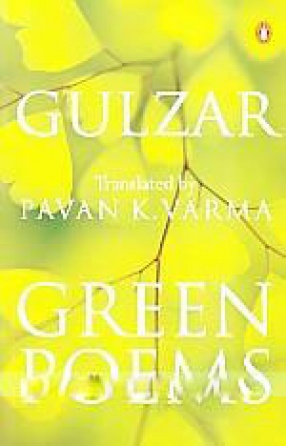
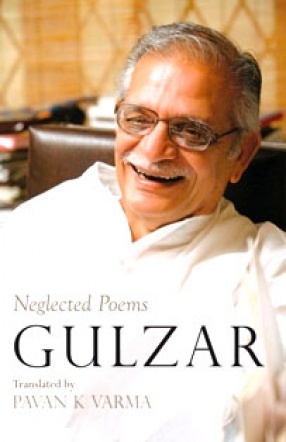
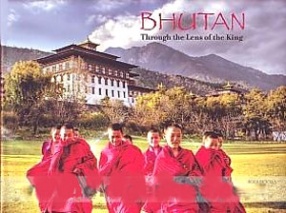
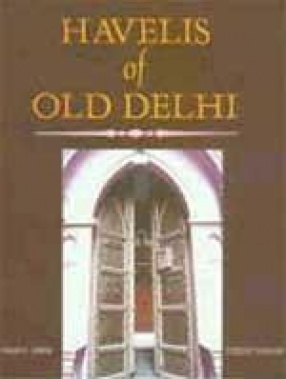
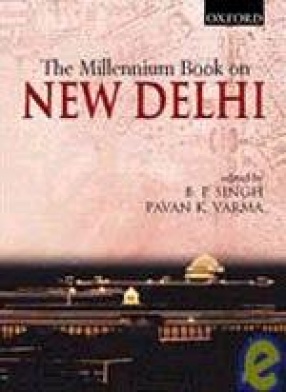
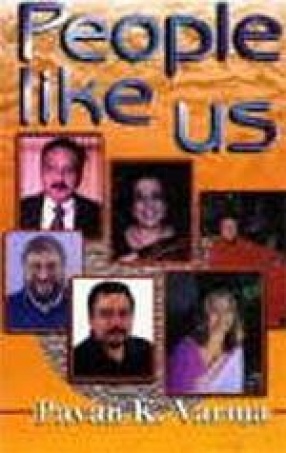
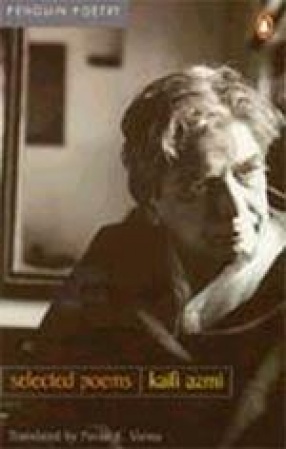



Of all Vishnu's avatars, Krishna is regarded as the purna avatar, the complete incarnation, for he encapsulates in himself the entire gamut of emotions and attributes that constitute the ideal human personality. He is the most accessible of gods, and bridges the gap between the mortal and the immortal.
In this book, Pavan Varma, the best selling author of Krishna: The Playful Divine, succeeds brilliantly in communicating the exuberance, the charm and the ...

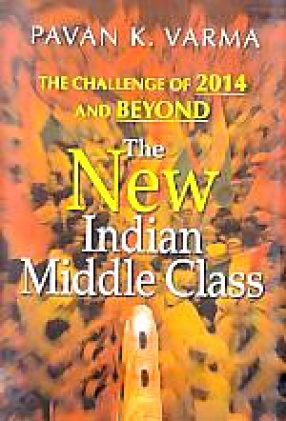
An incisive study of the way the Indian middle class will go after the watershed elections of 2014
For the first time in our history, the Indian middle class has emerged as an important player in the elections, both in terms of its numerical size and the influence it wields.For the first time in our history, a pan-Indian class, largely homogenous, mostly educated and universally angry, is a factor in the war rooms of almost all political parties. In keeping with ...

Gulzar is regarded as one of India’s foremost Urdu poets today, renowned for his unusual perspectives on life, his keen understanding of the complexities of human relationships, and his striking imagery. After Selected Poems, a collection of some of his best poetry translated by Pavan K. Varma was extremely well received, Gulzar has chosen to present his next sixty poems in an inimitable way: labelling them Neglected Poems.
Neglected only in name, these ...

Bhutan: Through the Lens of the King transports us to one of the most vibrant, ancient, and peaceful cultures of the world. Bhutan's vast and stunning landscape, beautiful people, rich wildlife, and the mystical and dynamic culture are sensitively captured through the eyes of the photographer, His Majesty Jigme Khesar Namgyel Wangchuck.
The collection of over 160 striking photographs of rural life, isolated communities, ancient fortresses, monasteries, and ...

The book focuses on the mansions built in the eighteenth and early nineteenth centuries, of which in some cases, little remains beyond a pile of rubble, while in others, there is sufficient evidence of an indigenous architectural technique and the gracious lifestyle it once upheld. It was as far back as 1825 that Bishop Heber visited Delhi and remarked that the spider hangs her tapestry in the palace of the Caesars’. In June 1989, Varma and Shankar began their ...

When the foundation stone for New Delhi was laid in 1911, it was planned as a seat of colonial power. In the last fifty years, however, it has transformed into the dynamic cosmopolitan capital of an independent and democratic republic. This book covers all those aspects of Delhi that make it a veritable microcosm of India against the unique backdrop of a history dating back to more than a thousand years. An introductory essay by B.P. Singh establishes both the ...

In 1998, after the success of his path-breaking book, The Great Indian Middle Class, Pavan K. Varma began to write a fortnightly column in The Hindustan Times called People Like Us. People Like Us sought to profile people and organizations who had somehow broken through the barriers of apathy, cynicism and alienation and found ways to contribute in personally satisfying ways to society, over and above their normal preoccupations. Some of the people so profiled ...

One of the finest Urdu poets of the subcontinent, Kaifi Azmi has borne witness to an entire era of social change. Born in 1918 in Azamgarh, Uttar Pradesh, in a zamindar family, Azmi wrote his first poem at the age of eleven. He joined the Communist party when he was nineteen, and wrote for the party paper Quami Jung. Subsequently, he moved to Bombay, and wrote his first lyric for the film Buzdil, directed by Shahid Latif, in 1948. A member of the progressive ...

This selection of 21 poems by Prime Minister Atal Behari Vajpayee highlights the concerns and the convictions, the sensitivity and the determination of the leader of a nation of over a billion people. In addition to clear and forceful verses on the evils of violence, the perils of self-serving attitudes and the supreme importance of love for the nation and our fellow human beings, the collection also contains moving and very personal poems written at moments of ...

This book is a new and dramatically different inquiry into what India and being Indian mean in the new millennium. Such an inquiry is especially relevant today when the world's largest democracy is also a nuclear power, a potentially major economic power poised to emerge as the second largest consumer market in the world, and a growing force in information technology. In the twenty first century, when every sixth human being will be Indian, the world will have to ...
